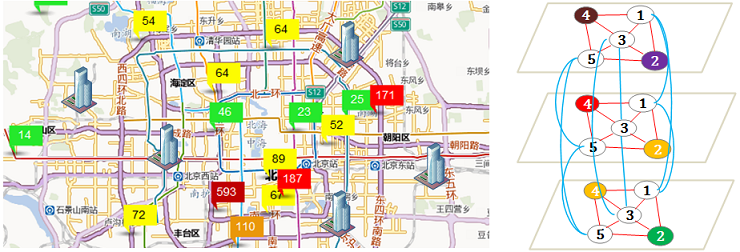Abstract
This paper tries to answer two questions. First, how to infer real-time air quality of any arbitrary location given environmental data and historical air quality data from very sparse monitoring locations. Second, if one needs to establish few new monitoring stations to improve the inference quality, how to determine the best locations for such purpose? The problems are challenging since for most of the locations (>99%) in a city we do not have any air quality data to train a model from. We design a semi-supervised inference model utilizing existing monitoring data together with heterogeneous city dynamics, including meteorology, human mobility, structure of road networks, and point of interests (POIs). We also pro-pose an entropy-minimization model to suggest the best locations to establish new monitoring stations. We evaluate the proposed ap-proach using Beijing air quality data, resulting in clear advantages over a series of state-of-the-art and commonly used methods.
